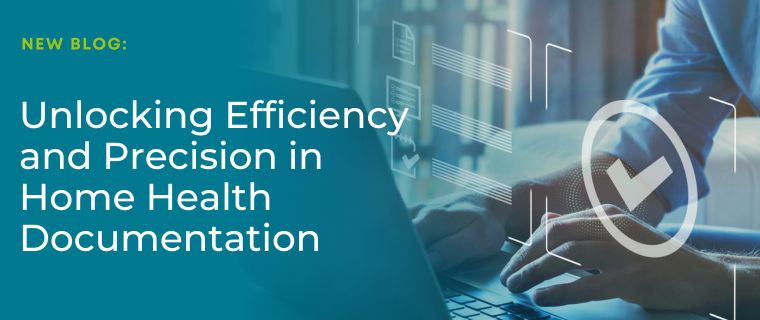Predictive Modeling in Healthcare
Predictive Modeling News, January 2013
by Dan Hogan, Founder & Chief Executive Officer, Medalogix
Predictive modeling is not a new tool in healthcare. While it is just now being meaningfully applied in the home health segment of the healthcare industry, predictive modeling has been used on the claims and benefits side of the business for years. However, the data available for analysis and the manner in which that analysis is being utilized in healthcare is new. The driver of this change is the initiation of pay-for-performance healthcare triggered by the Affordable Care Act.
The result of the presidential election confirms that healthcare reform is here to stay. Healthcare industry leaders are now certain they must adapt their practices to accommodate the ACA. A big part of that is the need to drive better outcomes for patients at a lower cost.
Until recently, predictive modeling was primarily a tool on the payer’s side of healthcare, employed by health insurance companies in order to better anticipate cost and design controls and avoidance measures. Now, with the ACA in place, cost saving and better outcomes have an influence at every level on the clinical side of the healthcare business, which is increasing the demand for advanced analytics like predictive modeling in hospitals, doctors’ offices and post-acute agencies.
While healthcare providers are beginning to accumulate a wealth of data to analyze as the industry modernizes, there has been a reluctance to adopt advanced analytics like predictive modeling because of security concerns and a lack of direction as to how to operationalize the analysis once completed. This is always the case as new tools develop. People need time to understand the new tools available to them and providers need to draft protocols to put the information into action in order to benefit the patient. The ACA is motivating care providers to better understand both security and advanced analytical tools as the entire industry pivots towards a pay-for-performance paradigm. It will take time, but in the long run our system and our patients will benefit.
To better illustrate the need for predictive modeling amidst reform, here’s a specific example:
A provision in the ACA allows Medicare to penalize hospitals when patients are readmitted within 30 days of discharge. As a result, beginning this year, hospitals lost hundreds of millions of dollars and these penalties will continue to increase.
This is where Medalogix comes in. Medalogix provides home care agencies and skilled nursing facilities a custom analysis of the readmission risk of each of their current patients in order that the provider can more accurately focus clinical resources on those most at risk of readmission. These types of modeling functions, newly available to post-acute providers, are providing a roadmap to resource deployment that has allowed the early adopters of these analytics to drop their readmission rates a whopping 35.9% across the board.
Predictive modeling has arrived in the clinical decision support arena of healthcare and it is only going to become a more integral part of the healthcare system we have in this country. This is the “Dot-Com Era” for predictive analytics in healthcare.
Related Blogs

Unlocking Efficiency and Precision in Home Health Documentation
Home health teams operate in diverse and uncontrolled settings, ranging ...

Transforming End-of-Life Care with Medalogix Muse at St. Croix Hospice
St. Croix Hospice, a nationally acclaimed hospice agency, has leveraged ...

The Empty Chair at the Head of the Table
Years ago, in a small, cozy house nestled in a quiet neighborhood, the f...


